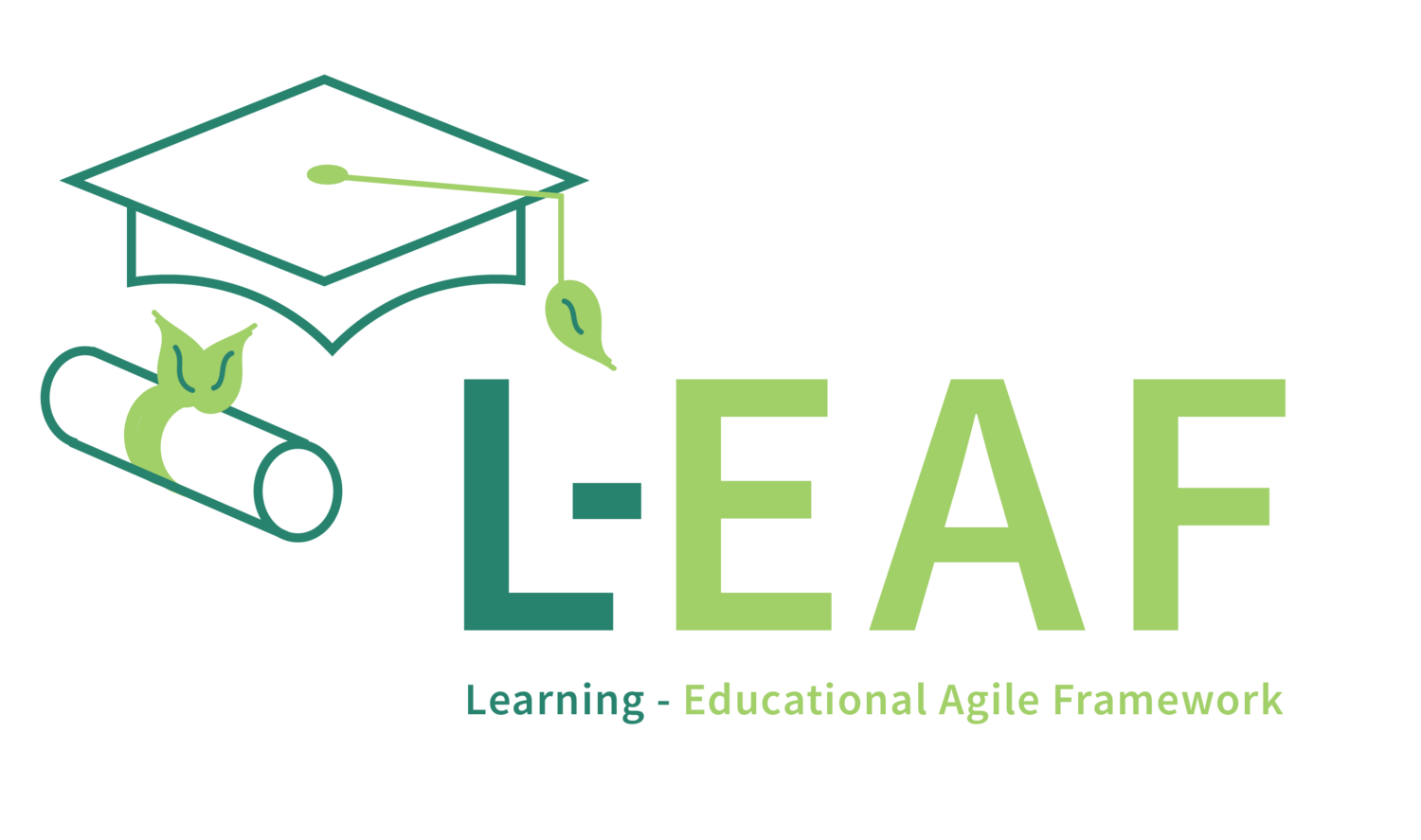Integrating Mindfulness in Strategy
Mindfulness is increasingly recognized as a powerful approach to enhance focus, emotional regulation, and well-being in all working environments. Integrating mindfulness into strategy can foster more compassionate, attentive, and resilient leaders. workers. learners and educators.
This approach can be enriched by incorporating the principles of Qigong leadership, a practice that emphasizes appreciating, listening, and redirecting team energy to maintain purposeful movement and alignment within complex systems.
Why Mindfulness Matters
Enhances engagement: Mindfulness practices help develop sustained attention and reduce distractions.
Supports emotional regulation: Mindfulness tools can assist in managing stress and anxiety.
Promotes inclusive: Mindfulness encourages empathy and reduces reactive behaviors.
Strategies for Integration
Embed mindfulness prompts and exercises. Short guided meditations or breathing exercises can be integrated into working sessions.
Design challenges that encourage reflection and self-awareness. Activities like retrospection, demonstration, or pause reminders support mindful activities.
Train leaders in mindfulness-informed facilitation. This helps create a culture that values presence and emotional intelligence.
Leverage data ethically to personalize mindfulness interventions. Use data to tailor mindfulness content without compromising privacy.
Apply Qigong leadership principles to coaching and collaboration. Appreciate the energy and efforts of everyone, listen deeply to their vision for misalignments, and gently redirect momentum toward shared goals.
Qigong Leadership in Practice:
Appreciate, Listen, Redirect
Appreciate: Recognize and value the energy, creativity, and commitment present in teams as a strength rather than a problem.
Listen: Pay close attention to signs of misalignment or friction in direction, seeking to understand underlying causes.
Redirect: Guide the flow of energy and effort with a light touch, helping teams pivot or adjust direction without losing momentum or engagement.
Examples from coaching and collaboration transcripts illustrate these skills in action, where leaders meet learners' momentum with verbal judo—acknowledging their efforts and gently steering them toward better alignment with goals.
Examples of Qigong in Action
Appreciate: A coach acknowledges a team member’s effort and creativity in proposing a new workflow, recognizing their energy as a valuable contribution rather than a disruption.
Quote: "I love that you're thinking about this approach. That's exactly the kind of energy and creativity we need to move forward."
Listen: During a collaboration session, a leader notices subtle signs of frustration in a participant’s tone and body language, prompting a deeper inquiry into underlying concerns before proceeding.
Quote: "I hear some hesitation in your voice. Can you share more about what’s on your mind?"
Redirect: When a discussion veers off-topic, the facilitator gently steers the conversation back to the shared goals by reframing points and inviting alignment without shutting down ideas.
Quote: "This is a great point, and I wonder how it connects to our main objective. Let’s explore how we can align this insight with our goals."
Measuring Impact
Collect qualitative feedback on mindfulness tool effectiveness.
Track engagement metrics related to mindfulness features.
Monitor changes in stress levels and performance where possible.
Challenges and Considerations
Ensuring accessibility and cultural sensitivity in mindfulness content.
Balancing screen time with offline mindfulness practices.
Avoiding mindfulness as a superficial add-on rather than a core value.
Integrating mindfulness and Qigong leadership into strategy requires thoughtful design, ongoing evaluation, and a commitment to holistic well-being. When done well, it can transform organizations and institutions into a more human-centered environment.
Mindfulness is increasingly recognized as a powerful approach to enhance focus, emotional regulation, and well-being in complex environments. Integrating mindfulness into strategy can foster more compassionate, attentive, and resilient leaders.
